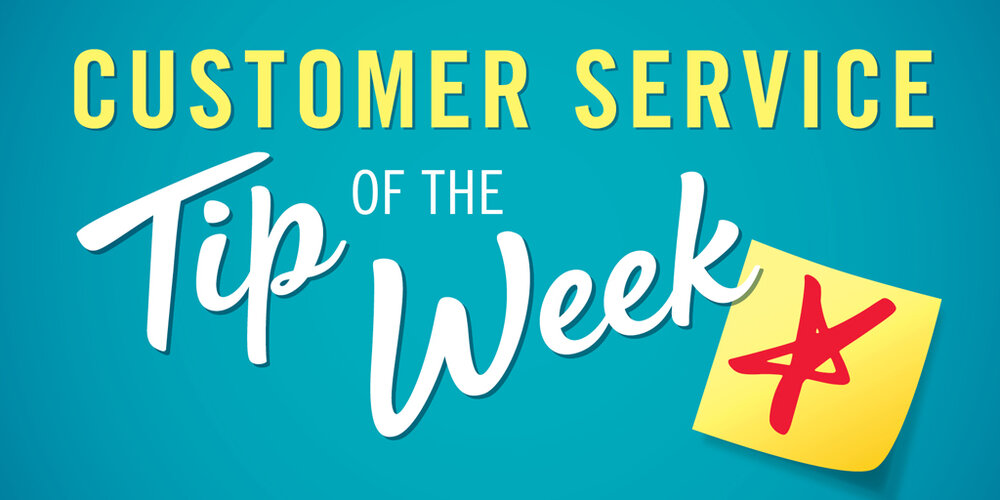I once reviewed every email my employees wrote to customers.
It wasn't my idea. My boss insisted that I do it.
A customer had forwarded a poorly-written email sent by one of my customer service reps, and my boss's knee-jerk reaction was to institute a blanket policy.
I was resentful at first. My employees were, too. People bristle at the thought of micromanagement, and suddenly I was required to micromanage.
Like many leaders, I had tried a hands-off approach. The theory was you trusted good people to good work and that's what they did. Monitoring every email ran completely counter to that.
But I quickly made a surprising discovery.
A lot of the emails were poorly-written. An estimated 50 percent needed corrections. Examples included:
Spelling and grammatical errors
Unanswered customer questions
Unnoticed opportunities to prevent additional contacts
The experience taught me there's a counterintuitive drawback to being a hands-off leader: micromanagement is sometimes absolutely necessary.
The key is timing.
Here's what micromanagement really is, when you need to use it, and when you should avoid it.
What is micromanagement?
There are two popular definitions of the term micromanagement. The difference between these definitions is the key to understanding when micromanagement is a useful leadership style, and when it is not.
Let’s start with the negative definition. This one comes from the Merriam-Webster dictionary.
to manage especially with excessive control or attention to details.
Notice the word "excessive.” The problem with micromanagement is not the focus on details, it’s when a boss goes overboard and does it too much.
Here’s a more positive definition of a micromanager from Nina Angelovska’s article, 7 Reasons Why Micromanagers Are Good For Teams and Companies:
bosses who closely monitor, provide detailed guidance and corrective feedback when needed
This type of micromanagement can be very positive. Looking back on my experience as a manager, I realize I had failed my employees when we started responding to customer emails. I did not monitor their work, provide enough guidance, or give them any needed feedback.
Reps hadn't received any training on writing to customers.
We didn't have any standards describing a "good" email.
I had previously reviewed zero emails reviewed for quality.
My boss forced me to become the bad type of micromanager by requiring me to review every email my team sent to a customer. This was frustrating and unproductive for both me and the reps, but it was brought about in part because I hadn’t practiced the good type of micromanagement.
It also became unnecessary as reps improved their writing skills.
When is micromanagement useful?
There are times when employees need to be micromanaged. They key is identifying when the situation calls for it, while avoiding the negative type of micromanagement that's characterized by excessive control.
There are at least three times when it is important for a leader to closely supervise their employees' work:
When employees learn new skills.
When employees are new to the organization or team.
When an employee is struggling.
New Skills
We don't typically equate training with micromanagement, but that's exactly what it is.
A good trainer should closely monitor learners to ensure knowledge is acquired and skills are developed. People often struggle at first when they learn something new, and a trainer should be right there to encourage them and give feedback.
This is what my customer service reps needed, but didn’t get, when we first started emailing customers.
Employees need increasingly less monitoring and feedback as they gain confidence and capability. This is when a manager or trainer should adjust their style and begin taking a more hands-off approach.
New Employees
It's a good idea to trust your team, but new employees haven't yet earned that trust.
We don't know how someone will work, what decisions they will make, or how they will treat others until we see them in action. That's why new hires need close supervision until they demonstrate good habits and performance.
New employees are also learning new skills, and training is an appropriate time for micromanagement.
Struggling Employees
There are times when employees struggle to do a good job. This is when employees may need extra observation, coaching, and encouragement.
This was the case with my customer service reps. While I disagreed with my bosses 100 percent monitoring edict, the reps did need extra monitoring, guidance, and feedback until things improved.
The challenge for bosses is to recognize when employees improve performance and micromanagement is no longer required.
When is micromanagement a bad idea?
Micromanagement is the wrong leadership approach when employees already know what to do and how to do it, and have proven themselves through good performance. Micromanaging in the wrong situation frustrates employees, slows down their work, and takes up too much of a leader's time.
In particular, you should avoid any type of micromanagement when your employees:
Can demonstrate their competency
Perform consistently well
Get no benefit from additional monitoring or coaching
For example, I relaxed the monitoring policy once my reps demonstrated the ability to consistently write good emails. I still reviewed them periodically, but there was no longer a need to examine all of them.
Can you keep a secret? I never told my boss about this. As far as he knew, I was still monitoring every email. Fortunately, he didn't ask and I didn't tell.
















